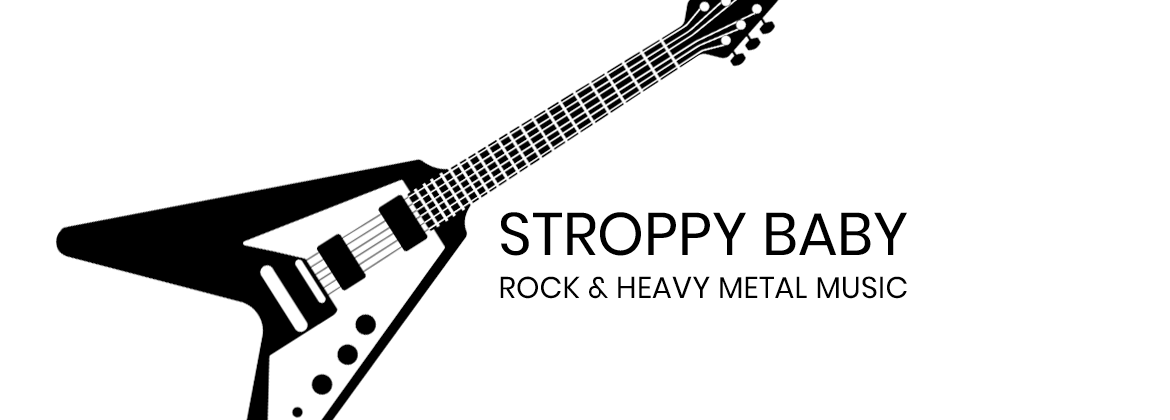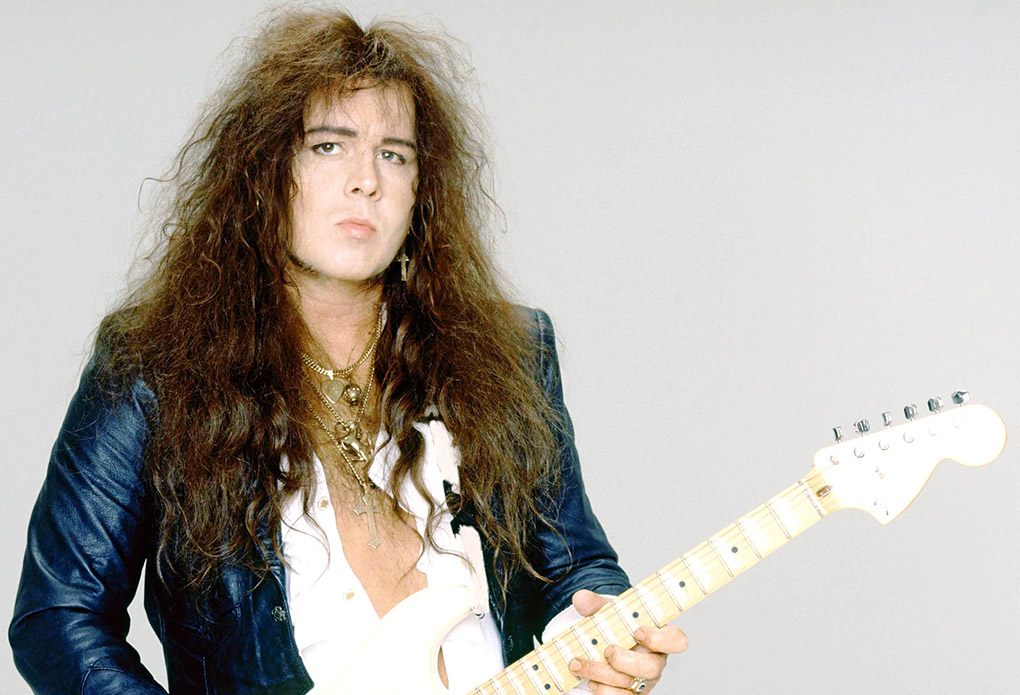It is generally accepted within the guitar community that Yngwie Malmsteen’s incredible guitar playing skills set the benchmark for virtuosity. His level of technical precision, impeccable tone and sense of melody are unquestionable.
He also entered the classical realm to compose a concerto that was performed live with an orchestra, indicating his depth of musical knowledge and sheer determination for success. Soon touring Australia for a run of cool guitar clinics and with latest album Spellbound just released plus an autobiographical book on the shelves, Australian Guitar’s Paul Southwell chatted to Yngwie, calling from Miami.
AG: You’re coming back to Australia to do some guitar clinics. It is quite different to playing with a live band but I am guessing that you’re enjoying the events?
I do enjoy them very much. My clinics are pretty interesting in that I’ll start warming up, talk a bit and try to answer their questions then play more. I’ll try to cover my styles, which includes a lot of neoclassical stuff and even some blues. It is a big mix and definitely not something boring like going deep into theory. It is almost like a show.
AG: In your book Relentless: The Memoir you also discuss doing guitar clinics.
Yeah, I did mention that I enjoy it. The whole thing working depends on how people act. If I feel like there is interaction and the possibility to share stuff then that will happen. If somebody is into music, they’ll get some real insights. I did one in Berklee where it was serious at the beginning but by towards the end, I had everyone laughing and it was great.
AG: Are you still finding a lot of younger players obsessed with playing fast but missing the whole point of articulating every note and playing with conviction?
It is funny because my fifteen year old son is becoming an extremely good guitar player. I tried to teach him that one good note in key does more than a million notes. The way I play is to put emotion into every single note. If it is fast, it has to still have musical meaning. The most important things are to be melodic, to have expression and each note must count. I guess that is from my Paganini and Vivaldi influences because a lot of the time when metal and electric guitar players so something fast, they tend to do a diatonic, repetitious thing. What I do is try to have an actual melody when you slow it down. Technique is not the most important thing. You need it but the most important thing is what you capture and do with this stuff. That is harder to teach than the technical part.
But the toughest thing as a musician is to be original and in a way that is pleasant.
AG: In hindsight, how do you compare playing to classical music aware Russian audiences in Leningrad to audiences in the States who were more into flashiness?
The Russian audiences knew what they were expecting so it wasn’t weird. I grew up in the seventies in Sweden and it was virtually socialist or communist. It was so Spartan with almost no TV or radio. There was a lot of jazz and some classical music but in vignette TV shows or drama series themes. It had a huge impact but as a teenager playing heavy metal in Sweden, people thought I was mad. I came to Los Angeles thirty one years ago and started playing with this banal band called Steeler who played this pathetic AC/DC parody. I would do my harmonic minor, Phrygian and diminished scales on top of it. The reaction was a sight to behold because they didn’t know what was going on without a classical music background. They had never heard it through a Marshall stack with a Stratocaster and some guy running around playing with his teeth. It wasn’t tapping or Hendrix and that was amazing. The Russian thing didn’t make a difference at all.
AG: You’ve got a signature Marshall amplifier which is impressive in and of itself. Is it fair to say it is based on the Marshall 1959 Super Lead Plexi amplifier?
Yeah, the basic amplifier itself is a 1959 Super Lead but there are buttons that can take two tubes out to have a 50 Mk II. The two amp tone characteristics are different. One is creamy or smooth whilst the other is very loud and hard. I never liked master volumes on amps where they put a volume control after the pre-amp but before the power tubes. So the pre-amp would be distorting but the power amp wasn’t doing anything, resulting in a thin, weedy sound. Whereas, if you play loudly with both the pre-amp and power tubes are distorting, you get a different tone. My way of turning down an amp volume is behind the power stage but after the power tubes. You can switch and lower the volume but the amp is still cooking. Both sides have an overdrive circuit for a legato sound plus a noise gate and digital reverb for a little space. I put it in a 200 watt Marshall Major box. It looks and sounds amazing. I’ve used the Plexi amps since day one and started early on with smoke machines and Marshall stacks. On my last tour I used 38 heads and 26 cabinets. They aren’t all on but plenty are and they weren’t dummies. It is the real thing.
AG: For your signature Fender Stratocaster guitar, have there been a lot of changes or variations to the initial 1988 Fender release?
Yeah, the first one had a fifties or sixties headstock and a strange little American tremolo. Eventually, in the 90’s, I changed the tremolo and I put a bigger headstock on it [for sustain].The biggest change was in 2009 when I put my latest design Seymour Duncan [YJM Fury] pickups in them. For years I toiled with the sound as I was told that the only way to get a hum free single coil was to have the hum canceling coils. But you are only getting half a pickup. Seymour Duncan came to me and it took me about a year of sending prototypes back and forth until there’s now three pickups; one each for the treble, middle and the neck positions. The response is just sick and unbelievable.
AG: It is unusual that you were with DiMarzio for so long and are now with Seymour Duncan. What happened there?
Well, I’d ask them to make me a stack; two coils on top of each other. I didn’t like the first two [HS-1 and HS-2]. The HS-3 was better but was so weak and had less output than the Fender pickup. I lived with that for a long time because I was convinced that you can’t get more output. I don’t like very hot pickups but I want to have at least enough so that there is life in them. So I was very sceptical when Seymour Duncan approached me. Trying it was the best thing I ever did. They did 29 prototypes and they never gave up.
AG: Your latest album, Spellbound contains largely instrumental tracks, including the nine minute suite, “Majestic 12 Suite 1, 2 & 3”. Can you elaborate on that piece?
I listened to that the other day, I had almost forgotten about it. Man, it has some crazy shit going on. I was so lost in it when I was doing it, I didn’t even realise what I was doing. Now I listen back to it, I think if I’m going to do this live I am going to have to practice. I kept adding things on. It was a little bit like Freddy Mercury adding on more to “Bohemian Rhapsody” every day. I would come in and say to the engineer, ‘I need a little more here and a little more there.’ I get high just thinking about it (laughs).

